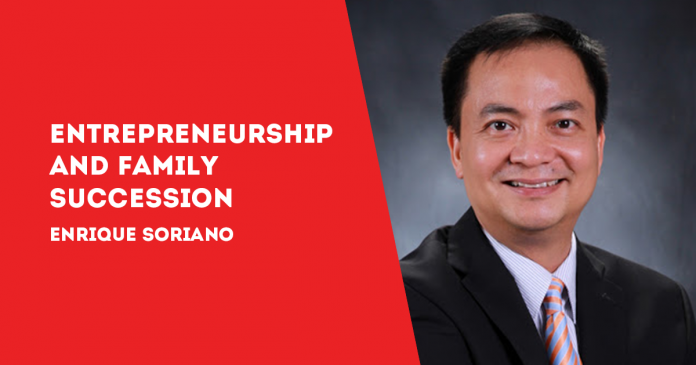
IN MY advisory work in Singapore and Indonesia, I’ve encountered families that have not only survived but thrived across multiple generations, navigating the complexities of the marketplace with remarkable resilience. This raises an intriguing question: How do these family businesses endure and flourish for decades, even centuries? What is their secret to longevity?
As family businesses transition to the 3rd and 4th generations, they face a unique set of challenges. More family members — cousins, nephews, nieces — join the business, bringing diverse expectations, dispersed ownership, and a need for fair processes. Managing these dynamics, including the egos involved, requires sophisticated decision-making. Yet, some family businesses manage to thrive despite these complexities. How do they do it? And what can we learn from them?
For family businesses that reach the cousin consortium stage (3rd generation and beyond), maintaining unity and continuity is critical.
Traditionally, we’ve focused on the challenges faced during the founder and sibling stages. It’s time to explore how cousin consortiums can sustain their success. With this in mind, I am dedicating a series of articles to examining family business longevity at this stage. Let’s begin with a successful family business we’ve had the privilege of assisting.
A Model 3rd and 4th Generation Family Business
Over a decade ago, we helped a family business facing a significant challenge: the senior leaders (siblings) were concerned about the lack of emotional engagement from their offspring. While the business thrived through four generations, the cousins did not fully appreciate the value of stewardship. With ownership destined to be distributed among more than 20 family members in the 3rd generation, the challenge was clear.
To address this, we collaborated with the 2nd and 3rd generations using our Diagnostic and Discovery (DD) method. This method encouraged the family to discuss, discover, and agree on a shared purpose for the family and the business, establishing broad principles to support collaboration among the third-generation successors.
Our DD intervention served as the foundation for creating a framework that allowed multigenerational family members to work together effectively, ensuring the continuity of the business legacy built by their founder.
Today, the cousins leading the company share a strong sense of unity, fostered by years of spending weekends and holidays together. However, an important rule was implemented: each cousin had to work outside the family business and in different industries first. This approach prevented entitlement and brought diverse skills and best practices back into the business. Additionally, we institutionalized vetting procedures for entry to ensure that the most qualified and deserving candidates were prioritized for employment. This helped shift the mindset from “my last name is my birthright” to merit-based opportunities.
Many cousins shared humbling experiences from their time working as ordinary employees. One cousin, now head of finance, recalled, “I will never forget my first year working as a staff member at an investment firm when my boss asked me to buy him a pack of cigarettes. That experience changed my perspective on employment and entitlement.”
By requiring external work experience, the family ensured that each member developed a unique set of skills and a sense of humility, contributing to the business’s success and longevity. (To be continued)/PN







